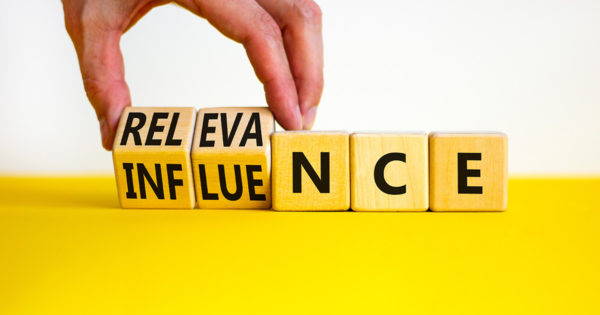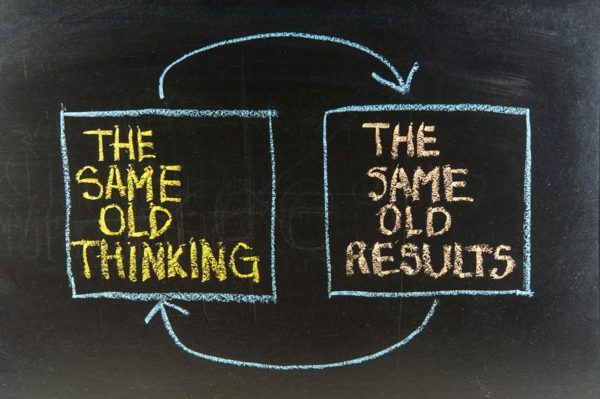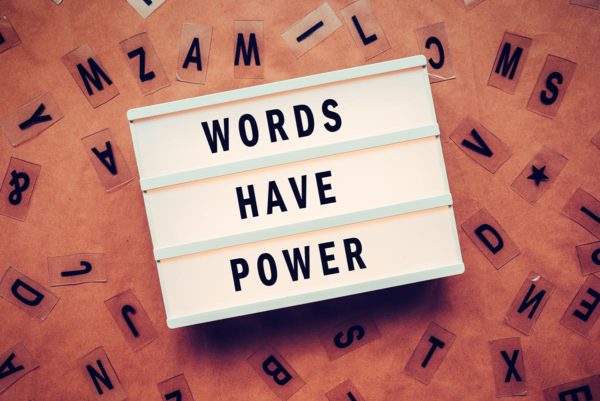This post is for people who approve fundraising for their organization.
The biggest thing I want you to know is that direct response fundraising is different than other types of fundraising.
I see and work with lots of organizations that have great programs, that make a meaningful difference in the world, and have generous donors.
But they raise far less money than they should because the people approving the fundraising don’t know that direct response fundraising – appeals, e-appeals, newsletters, etc. – is different from other types of fundraising.
There’s no blame here: it’s not your fault. Nobody teaches this at nonprofits. But it’s true.
There are two main differences you should know about…
The Need For Speed
In direct response fundraising you have very little time – just a few seconds – to catch and keep a reader’s attention.
This means appeals, e-appeals and newsletters need to get to the point very quickly, and be very direct.
In a person-to-person conversation, being so direct so quickly would be off-putting. But in the context of a letter or email that most donors will only spend less than 10 seconds with, being so direct so quickly is helpful.
So your appeals, e-appeals and newsletters should sound a little different than your organization usually sounds in a conversation, or at an event, or in a grant application.
If your appeals, e-appeals and newsletters do not sound different, then there’s a significant portion of your donors that your message isn’t reaching. And you’re raising less money than you could be.
Emotions, Not Logic
In direct response fundraising, it does not work well to ‘reason’ a person into giving.
How effective your programs are, how many people you helped last year, and how your organization approaches the problem you work on . . . none of these are in the “Top 5” reasons that would cause a donor to give a gift today.
What works better is to appeal to their emotions about your beneficiaries or cause.
This means appeals, e-appeals and newsletters should be written to tap into donors’ emotions. That means the appeals, e-appeals and newsletters will sound different than a grant application, or a conversation with a partner organization, or even a conversation among staff.
Embrace The Differences
You might not like these two differences. You might not prefer the type of writing and design that results from them.
But the differences are real.
Embrace the differences as a way of helping your beneficiaries or cause.
Because if you don’t pay attention to these two differences – in other words, if your organization doesn’t create and evaluate direct response fundraising like it’s different from other types of fundraising – you will raise less money than you could be.
And you will do less of your mission work than you could be.
Embrace these differences, and the consequences they have for your appeals, e-appeals and newsletters. Doing so is a gift you can give your beneficiaries and cause.









